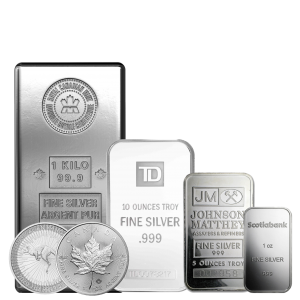

Liberty Cap Half Cent (1793 - 1797)


Image Courtesy of Professional Coin Grading Service (PCGS.com)
A Historical Overview
Beginning in the year 1793 and continuing until the year 1857, the United States of America created half-cents. Two distinct types of the Liberty Cap Half Cent were made available to the public during its circulation. Two varieties were available: the Head Left, which was only produced in 1793, and the Head Right, which was provided from 1794 to 1797. Both variations appeared differently. The Liberty Cap Half Cent is a coin that is highly sought after by collectors as well as historians because it is extremely rare, as well as having a stunning appearance, and has significant historical value.
To make small deals easier, the half-cent was made legal tender at a time when coins were scarce. This could happen because of the Coinage Act of 1792, which made it possible. On account of this, the introduction of it was made feasible. The Liberty Cap Half Cent was changed by Joseph Wright and Robert Scot, but Henry Voigt came up with the idea for the coin in the first place. Back then, the Philadelphia Mint was the only mint still running. This is where the striking of these early coins took place.
The Changes That Have Been Made
Throughout its brief period of manufacture, the Liberty Cap Half Cent was exposed to several different design modifications, some of which include the following:
- • The Liberty Cap - Head Left design was one of the first coins made by the US Mint. On the reverse side of the coin was a simple wreath that had the denomination "HALF CENT." This wreath was located underneath the coin.
- • In the years 1794-1797, the design went through several changes. One of these was moving Liberty's face to the right. The level of the engraving was also raised. The head on the 1794 half-cent is much bigger than the heads on the 1793 and 1795 half-cent. On one of the dies on the front, you can see hair that is presented in high relief. The detailed carvings on this picture show separate strands of hair for each hair that is being shown.
The half-cent from 1794 is not a particularly unusual date, but copies that have been beautifully kept might be difficult to find. The Liberty Cap Half Cent was only produced in a limited amount. This was done to accommodate the limited production capabilities. Certain years had a smaller mintage than others, which resulted in certain dates being extremely scarce. As an illustration, collectors have a special interest in the editions that were published in 1796 and 1797 since only a restricted number of copies were produced.








